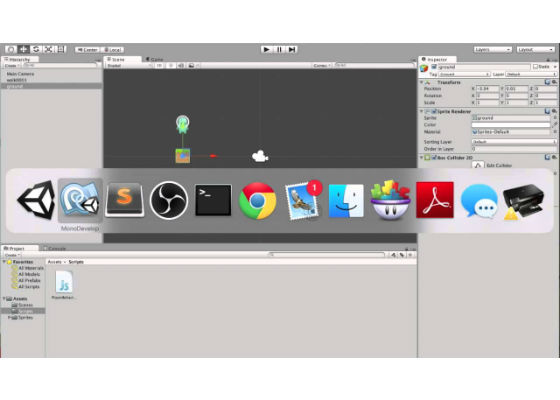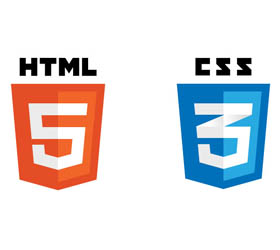You entered into a partnership with EA in 2010 that ended in 2012. How was the experience and why wasn’t the contract extended? We believe that you still are the sole distributor for EA games in Africa, are there plans to extend a similar service in other regions?
We are continuing to partner with EA in Africa and other regions including Middle East. In fact, around 3 months back we extended the contract for the Indian subcontinent including Nepal, Sri Lanka, Pakistan and Bangladesh. As a strategy, when we enter a new market, we reach out to partners like EA and obtain distribution
rights when we feel the time is right. We will continue to invest in high growth and developing regions.
Does this partnership mean that you’ll be developing lesser number of applications/ games and moving to a solely publishing model?
We have a two pronged approach, our business can be largely categorized into two parts – the first one being a pure aggregation kind of a model where we liaise with developers like EA to get the distribution rights to publish their games. Secondly, there is also a lot of focus on in-house development, which can be further subcategorized into three segments:
• Developing content around acquired IPs, for example Chhota Bheem;
• Developing content around movies, like Pyaar Ke Side Effects and Gulaab Gang;
• Creating in-house IPs. For instance, we are working on creating content around a new IP titled ‘Little Birbal’
There is a lot of focus on developing games in-house but distribution is a core area for us, as it helps us grow stronger in the publishing business.
What are your opinions on payment models globally and which of those models do you believe would do great in a country like India?
One model which, at the moment is at a nascent stage in India and has huge potential to grow is the Freemium model. In the freemium model, the basic game is offered free of cost to the end user, and in case the user wants to unlock the premium features he pays for it. Although the model exists in India, it has not yet picked up and is sure to do well.
Secondly, these days the brands are increasingly experimenting with the way they reach out to their target audience. Realizing the potential of the growing smartphone and internet penetration, a lot of brand managers and marketers are investing in adver-gaming. While such games are a mode of entertainment for the end users, the theme essentially is around the brand or its new offering. Of course, in such scenarios the games are offered free of cost to the end user. This segment also opens up new vistas for game developers.
While we’re on the topic of trends. Games like QuizUp seem to have struck a balance between knowledge and fun. The general trend is that such games don’t do well when compared to “mindless” games. What did they get right which made the app so popular. Do you see such apps gaining popularity, is Nazara working on something similar?
Yes, the mobile gaming market is fast evolving to embrace games like Quiz Up. However, when it comes to deciding the theme of the game; our investments are primarily driven by the local market inclinations. India is a different market altogether
where the mobile gaming market is still majorly led by casual gaming. For instance, India being a cricket obsessed country, any game around cricket; in all probabilities is expected to do well.
Games like QuizUp are doing well but the market remains relatively small. Having said that, we are also moving towards the edutainment domain developing games like ‘Little Birbal’.
Why aren’t there games from India that do well on a global scale? What we’re asking is can India make the next Flappy Bird / Candy Crush / Fruit Ninja / Angry Birds? Why isn’t it happening already?
I believe there is a huge potential in young developers in India to develop high quality games as well. We have been interacting with the young developers in the country; who often come up with great creative ideas. However the execution, development and distribution aspect, requires both awareness and investment, which seems to be low at the moment. We felt that it’s our due responsibility to address these challenges and give platform to such young developers who have the potential and the creative ideas but lack direction and funding. We have incepted ‘Games Fund’ in this direction with a total budget allocation of `5 crore for the fund. We will invest `5 lakh to 50 lakh into a game or an idea of a company. We are committed to the developer community in India and assure that India’s local talent will soon shine at the global level.
How many people do they employ? Developers, BAs, Testers etc?
We are an in-house team of about 25 people which primarily comprises of designers, producers and testers. While the major conceptualization and development of the games happens in-house, a lot of work is still outsourced. For instance, the porting of games is largely outsourced to ensure that the game is properly tested and ported across platforms and devices.
Do you develop natively for each platform or is a multiplatform IDE used?
We are increasingly moving from a platform centric to a seamless and multiplatform approach; but the approach is still a dual one; depending on the requirements.
The ideation of the game and the core level development is done keeping in consideration that it is multiplatform; however, actual development might or might not be so. For instance, the time and effort required to develop a game for various platforms might be different, the Android version of a game might take lesser time and effort as compared to a Windows version, so developing the right game for the right platform is key.



